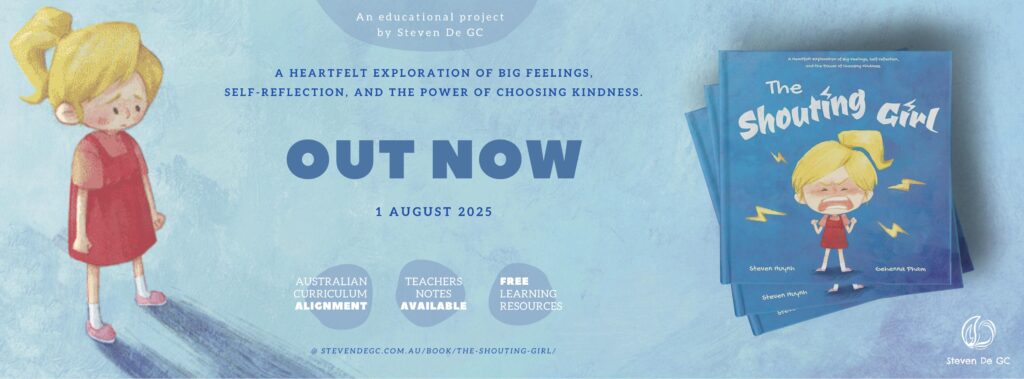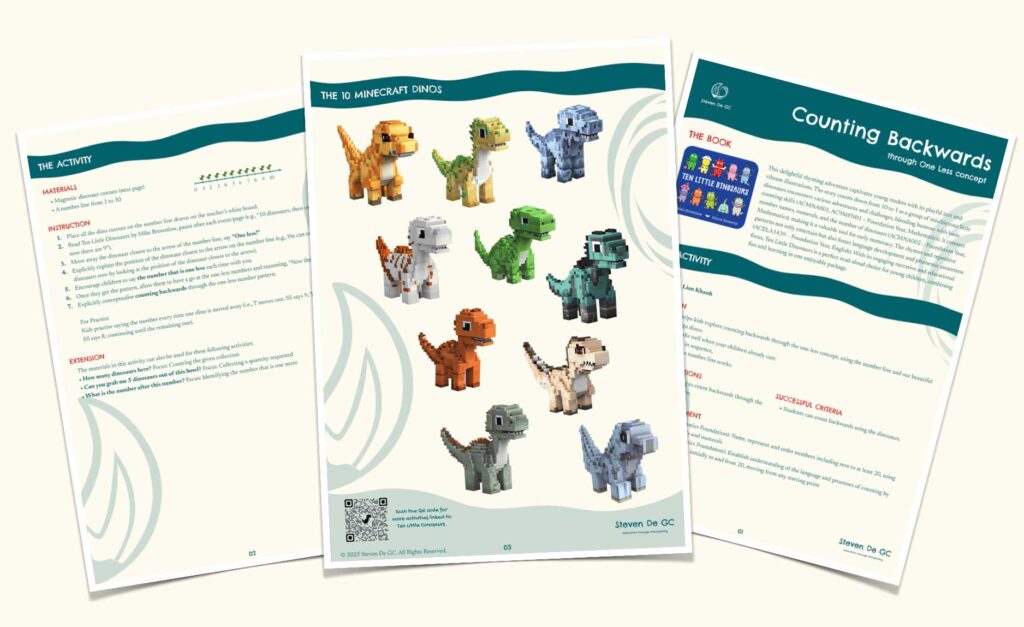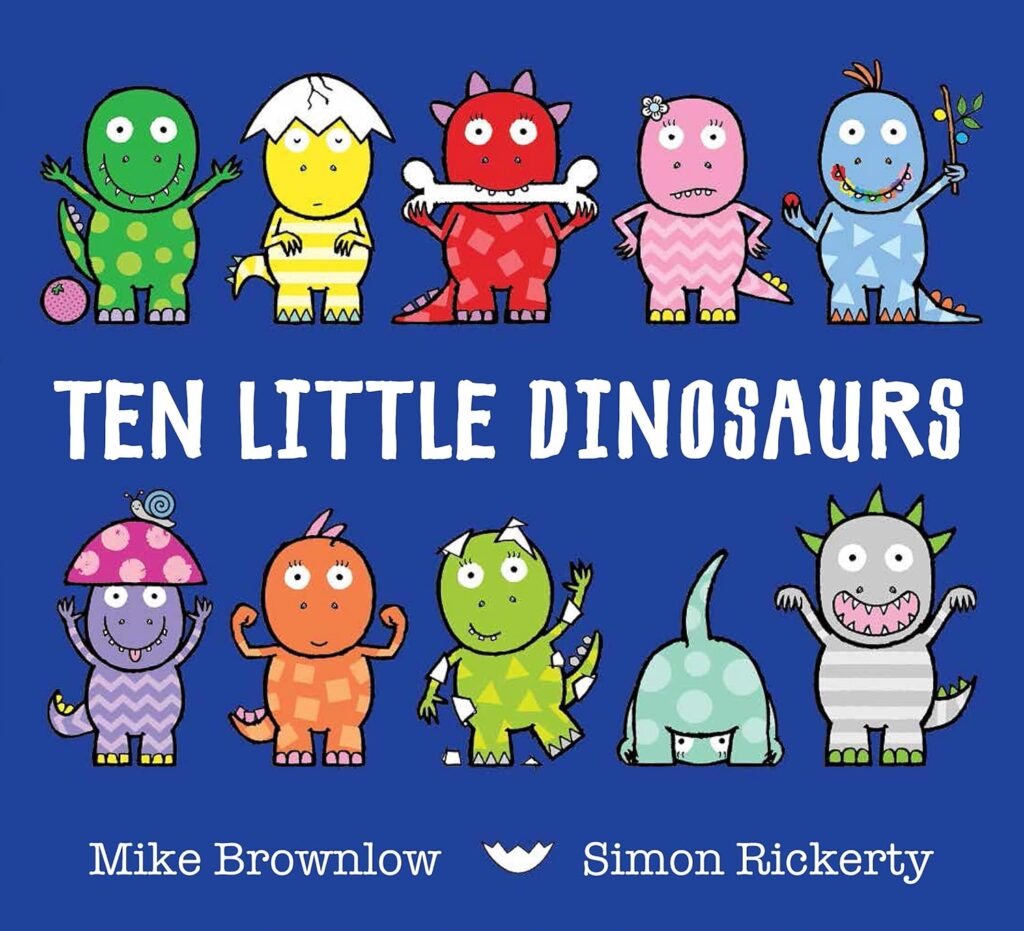- Place all the dino cutouts on the number line drawn on the teacher’s white board.
- Read Ten Little Dinosaurs by Mike Brownlow, pause after each event/page (e.g., “10 dinosaurs, then one gets scared, now there are 9”).
- Move away the dinosaur closest to the arrow of the number line, say “One less!“
- Explicitly explain the position of the dinosaur closest to the arrow on the number line (e.g., We can tell there are 9 dinosaurs now by looking at the position of the dinosaur closest to the arrow).
- Encourage children to say the number that is one less each time with you.
- Once they get the pattern, allow them to have a go at the one-less numbers and reasoning, “Now there are…, because…”
- Explicitly conceptualise counting backwards through the one-less number pattern.
For Practice
Kids practise saying the number every time one dino is moved away (i.e., T moves one. SS says 9; T moves another one. SS says 8; continuing until the remaining one).














Leave a Reply